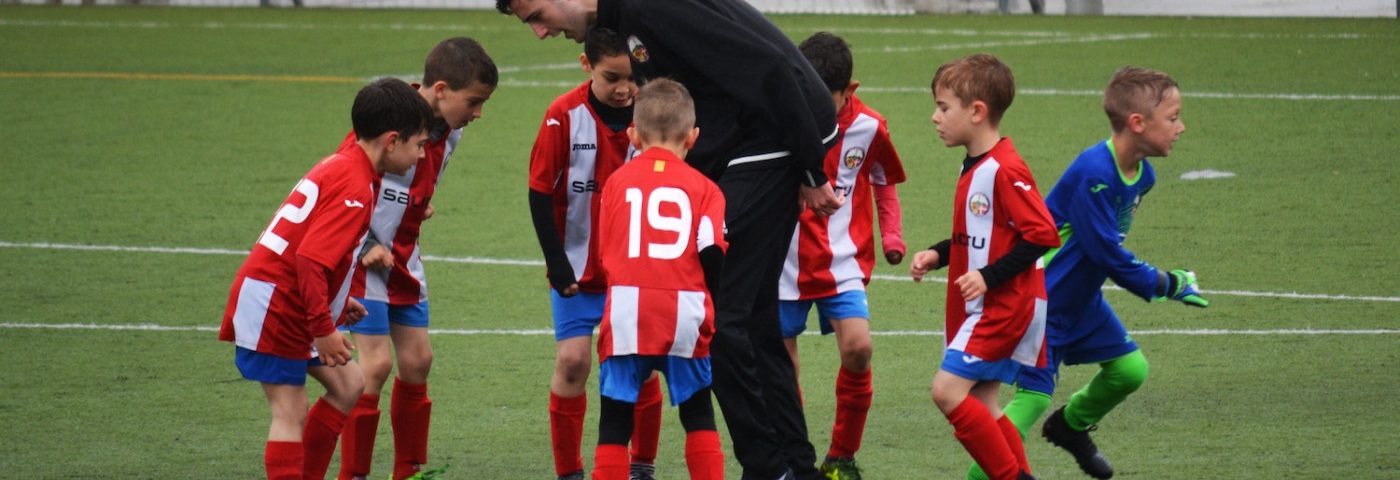More children and teenagers with juvenile idiopathic arthritis (JIA) have participated in school sports over the past 15 years, which is likely explained by better treatment options that improved their functional abilities, a study shows.
The study, “Participation in school sports among children and adolescents with juvenile idiopathic arthritis in the German National Paediatric Rheumatologic Database, 2000–2015: results from a prospective observational cohort study,” was published in Pediatric Rheumatology.
Research suggests that improving lifestyle habits, such as exercising, is linked to physical and mental health benefits in children and adolescents, with or without JIA. The current World Health Organization guidelines recommend one hour daily of moderate to vigorous physical activity, but many children with JIA are not active enough to reach this level.
There is little data available on children with JIA and their physical activity levels, so researchers from the German Rheumatism Research Centre Berlin examined data on participation in school sports among these patients. School sports in general can help children be more physically active, and provide benefits such as improved muscle growth, bone strength, and self-esteem.
“This is the first study providing information on the prevalence, trends, and correlates of participation in school sports among children and adolescents with juvenile idiopathic arthritis,” the researchers wrote.
They used the National Pediatric Rheumatologic Database (NPRD) in Germany, which covers a wide-ranging spectrum of juvenile rheumatic diseases. Established in 1997, the NPRD is comprised primarily of cross-sectional data — information collected from observing subjects for an experiment once instead of many times. It contains patient information on clinical and socio-demographic characteristics, including age, sex, diagnosis, age at disease onset, disease duration, and laboratory values, such as height, weight, red blood cell count, and treatments taken in the past year.
The researchers analyzed data from 2000 to 2015 of 23,016 children and adolescents with juvenile arthritis, which included school sports attendance and participation. They also evaluated the patients’ disease activity on a zero-to-10 scale, where zero represents no disease activity, and 10 represents very severe disease activity.
The study found that the proportion of patients who almost always participated in school sports generally increased with each year, more than doubling from 30.8% in 2000 to 63.6% in 2015, which was mainly caused by a significant decrease in patients who were fully exempted from school sports (from 44.5% in 2000 to 16.1% in 2015). The decrease in the exemption rate was associated with an increasing proportion of patients with inactive disease, and patients without functional limitations. The number of patients who sometimes or often participated in school sports dropped slightly from 24.6% in 2000 to 20.2% in 2015 .
JIA patients who fully participated in school sports had reduced functional limitations, diminished disease activity, and less severe self-reported pain. These children and teenagers also used more biologic disease-modifying anti-rheumatic therapeutics.
“Since an increased moderate to vigorous physical activity is associated with a decreased total sedentary time, and school sports is an important source for moderate to vigorous physical activity engagement, regular participation in school sports may play a role in disability reduction and the improvement of social functioning in juvenile idiopathic arthritis,” the researchers wrote.
Decreases in the exemption rate from school sports was associated with many factors, such as decreasing proportions of patients with rheumatoid factor-positive polyarthritis and systemic JIA — the rarest form of JIA that accounts for about 10 percent of the cases.
In addition, the use of systemic glucocorticoids decreased over the years, as well as the functional limitations in students with rheumatoid factor-positive polyarthritis and systemic JIA — factors linked to fewer exemptions and higher attendance in school sports. Of note, the decreasing use of glucocorticoids for these children (21.2% in 2000 to 7.6% in 2015) was correlated with the increasing use of biologic agents (1% in 2000 to around 22% in 2015).
“In conclusion, an increasing interest in lifestyle modifications as long-term treatment options in patients with juvenile idiopathic arthritis with previously reported low physical activity levels suggests the need to search for effective ways to increase moderate to vigorous physical activity and, therefore, potentially reduce disease-specific symptoms and risks for developing comorbidities,” the researchers said.
“The integration of patients with child acceptable symptom states who have previously been fully exempted from school sports needs to be addressed in the future,” they added.

